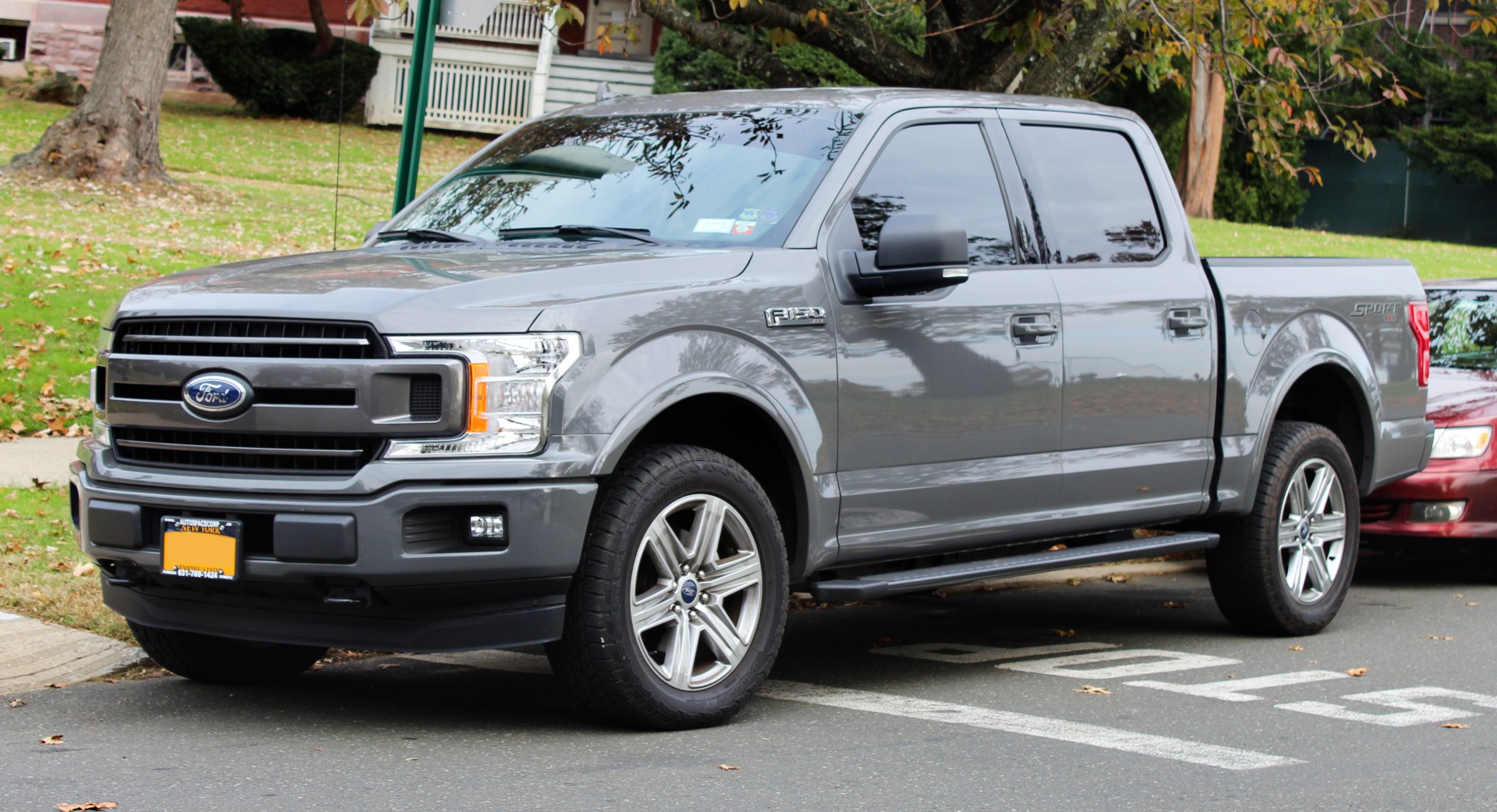The automotive headlight technology presents vehicle owners with two distinct approaches to illumination: traditional replaceable bulb systems and sealed-unit headlights.
This fundamental difference significantly impacts maintenance costs, repair complexity, and long-term ownership experience. Understanding these systems becomes crucial when selecting a vehicle or planning for future maintenance expenses.
Replaceable bulb headlights, commonly found in many mainstream vehicles, utilize a housing system where individual halogen, HID, or LED bulbs can be swapped out when they burn out.
This design philosophy prioritizes serviceability and cost-effectiveness, allowing owners to replace a failed bulb for as little as $10-30 rather than replacing entire headlight assemblies.
The accessibility varies by vehicle design, with some manufacturers prioritizing easy access through the engine bay, while others may require partial disassembly of surrounding components.
Conversely, sealed-unit headlights integrate the light source directly into the headlight assembly, creating a single, non-serviceable unit. These are headlamp assemblies consisting of an enclosure with a bulb in front of a lens, completely made of glass, where the entire unit is sealed and none of the parts can be replaced separately.
When failure occurs, the complete headlight assembly requires replacement, typically costing significantly more than individual bulb replacement but potentially offering superior optical performance and weather sealing. Modern iterations often feature advanced LED or adaptive lighting technologies that would be difficult to implement in traditional replaceable bulb systems.
5 Vehicles With Easy Bulb Replacement
These maintenance-friendly vehicles feature accessible headlight housings with simple twist-lock bulb holders that allow owners to replace burned-out bulbs quickly using basic tools and minimal disassembly in their driveways or garages.
Their thoughtful engineering provides generous access space behind headlight assemblies, clearly marked connectors, and protective dust covers that make bulb changes straightforward even for inexperienced mechanics.
The combination of affordable replacement bulbs, logical access routes, and foolproof installation procedures means most owners can restore full illumination within minutes using standard automotive bulbs available at any parts store.
From pickup trucks with spacious engine bays to sedans with removable access panels, these vehicles empower owners with cost-effective maintenance that keeps lighting systems operating reliably without professional intervention.
1. Honda Civic (2016-2021)
The Honda Civic stands as an exemplary model for user-friendly headlight bulb replacement, representing Honda’s commitment to a practical ownership experience.
The tenth-generation Civic utilizes a straightforward halogen bulb system with H11 low beams and 9005 high beams, accessible through the engine bay without requiring any tools for basic replacement procedures.
The replacement process involves opening the hood, locating the headlight housing behind the front grille area, and simply twisting out the bulb connector counterclockwise.
Honda engineers positioned the bulb access points with sufficient clearance from surrounding components, eliminating the need to remove air intake components, battery assemblies, or other obstructive elements that plague many modern vehicles.
This design consideration reflects Honda’s philosophy of reducing lifetime ownership costs through simplified maintenance procedures.

The Civic’s headlight housing design accommodates various bulb upgrades, from standard halogen replacements costing $15-25 per bulb to premium LED conversion kits ranging from $50-150.
The electrical system provides adequate power delivery for most aftermarket options, and the housing geometry accepts different bulb technologies without modification.
Many owners report completing bulb replacement in under ten minutes per side, making roadside replacement feasible in emergencies. Honda’s parts availability network ensures replacement bulbs remain accessible at competitive prices throughout the vehicle’s lifecycle.
The standardized H11/9005 bulb configuration means owners aren’t locked into proprietary Honda components, with numerous aftermarket manufacturers producing compatible options.
This accessibility extends to rural areas where Honda dealerships may be distant, as most auto parts retailers stock these common bulb sizes. The Civic’s headlight design exemplifies how thoughtful engineering can dramatically reduce long-term maintenance burdens while maintaining reliable illumination performance for daily driving requirements.
2. Toyota Camry (2018-2024)
The Toyota Camry showcases Toyota’s reputation for maintenance-friendly design through its accessible headlight bulb replacement system. The eighth-generation Camry employs H11 halogen bulbs for low beams and 9005 bulbs for high beams, with both accessible through the engine compartment without specialized tools or component removal.
Toyota engineers created generous access openings in the headlight housing backside, allowing even individuals with larger hands to comfortably reach the bulb connections.
The replacement procedure involves removing a protective dust cover by rotating it counterclockwise, unplugging the electrical connector, and releasing the wire retaining clip that secures the bulb in position.
The entire process typically requires five to eight minutes per bulb, with clear sight lines to the working area that eliminate guesswork about proper bulb orientation.
Toyota’s color-coded electrical connectors prevent incorrect installation, while the retaining clip system provides secure bulb positioning without requiring excessive force that might damage delicate components.
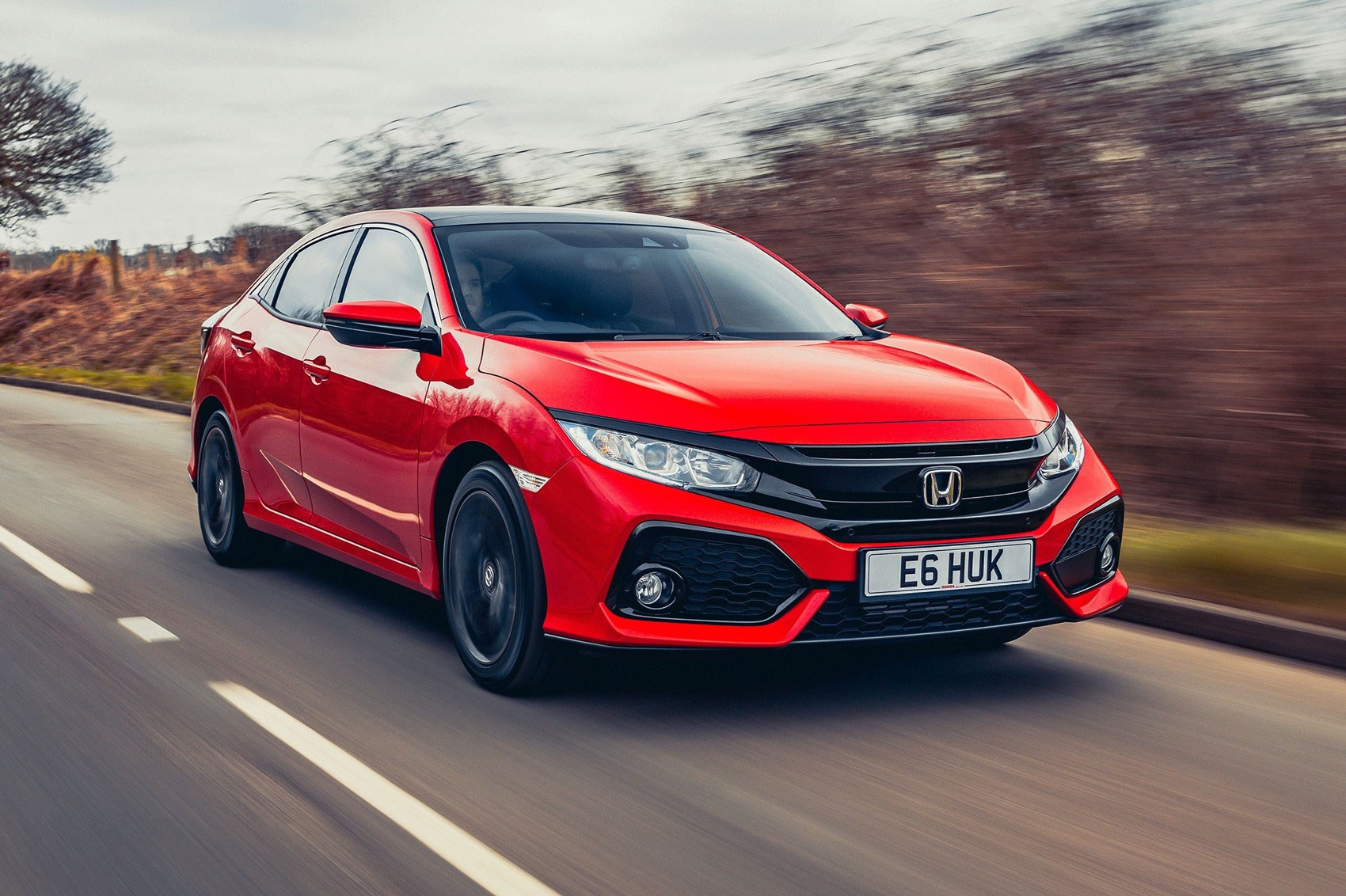
The Camry’s electrical system readily accepts various bulb technologies, from basic halogen replacements to high-performance LED conversion systems.
The headlight housing provides adequate heat dissipation for higher-wattage bulbs, though Toyota recommends staying within OEM specifications to prevent premature housing degradation.
Many Camry owners upgrade to LED bulbs for improved longevity and reduced power consumption, with the installation process remaining identical to halogen replacement procedures.
Toyota’s extensive dealer network and parts distribution system ensure replacement bulbs remain available at competitive prices throughout the vehicle’s service life.
The standardized bulb sizes mean owners can source replacements from numerous manufacturers, preventing vendor lock-in situations that might increase long-term costs.
Independent repair shops can easily service Camry headlights without specialized equipment, keeping maintenance costs reasonable even outside warranty periods.
This design philosophy demonstrates Toyota’s understanding that simple, reliable maintenance procedures contribute significantly to customer satisfaction and brand loyalty over extended ownership periods.
3. Ford F-150 (2015-2020)
The Ford F-150 represents American automotive engineering focused on practical functionality, with headlight bulb replacement designed for efficiency and accessibility.
The thirteenth-generation F-150 utilizes H13 dual-filament bulbs that provide both high and low beam functions in a single unit, simplifying the electrical system while reducing replacement complexity.
Ford positioned these bulbs with excellent access from the engine bay, taking advantage of the truck’s generous hood opening and spacious engine compartment.
The replacement process begins with removing a twist-off access panel located directly behind each headlight assembly. This panel provides a large opening that accommodates various hand sizes and allows clear visibility of the bulb installation area.
The H13 bulb incorporates a twist-lock mechanism that secures into the headlight housing with a quarter-turn motion, eliminating fiddly spring clips or wire retainers that complicate replacement procedures in many vehicles.
The electrical connector features a positive-lock design that prevents accidental disconnection while ensuring reliable electrical contact.

Ford’s robust electrical system handles various aftermarket bulb options effectively, from standard halogen replacements to high-output LED conversion systems.
The F-150’s alternator capacity and wiring harness design accommodate increased power draw from performance bulbs without voltage regulation issues.
Many owners upgrade to LED systems for improved visibility during work applications, with the installation process remaining straightforward regardless of bulb technology.
The headlight housing provides excellent heat dissipation characteristics that prevent premature bulb failure even under demanding operational conditions.
The F-150’s popularity ensures widespread parts availability through Ford’s extensive dealer network and numerous aftermarket suppliers. H13 bulbs remain commonly stocked items at most auto parts retailers, maintaining competitive pricing and convenient availability.
The truck’s commercial and fleet usage drives demand for reliable, cost-effective replacement parts, benefiting individual owners through economies of scale.
Ford’s commitment to long-term parts support means F-150 owners can expect bulb availability throughout the vehicle’s operational lifetime, supporting the truck’s reputation for durability and practicality in demanding applications.
4. Subaru Outback (2015-2019)
The Subaru Outback demonstrates how thoughtful engineering can overcome packaging challenges to maintain user-friendly bulb replacement procedures.
Despite the vehicle’s complex all-wheel-drive system and horizontally-opposed engine configuration, Subaru engineers created accessible headlight service points that don’t require extensive component removal.
The fifth-generation Outback uses H11 low beam and 9005 high beam bulbs, both reachable through the engine bay with basic hand tools. The replacement procedure involves removing a flexible rubber dust boot that protects the bulb connection from moisture and debris.
This boot design allows easy access while maintaining weather sealing essential for Subaru’s all-weather capability reputation. The bulb retention system uses a spring-loaded clip mechanism that secures the bulb firmly while allowing quick release during replacement procedures.
Subaru’s electrical connectors feature positive-lock designs with release tabs that prevent accidental disconnection during off-road driving or vibration exposure.
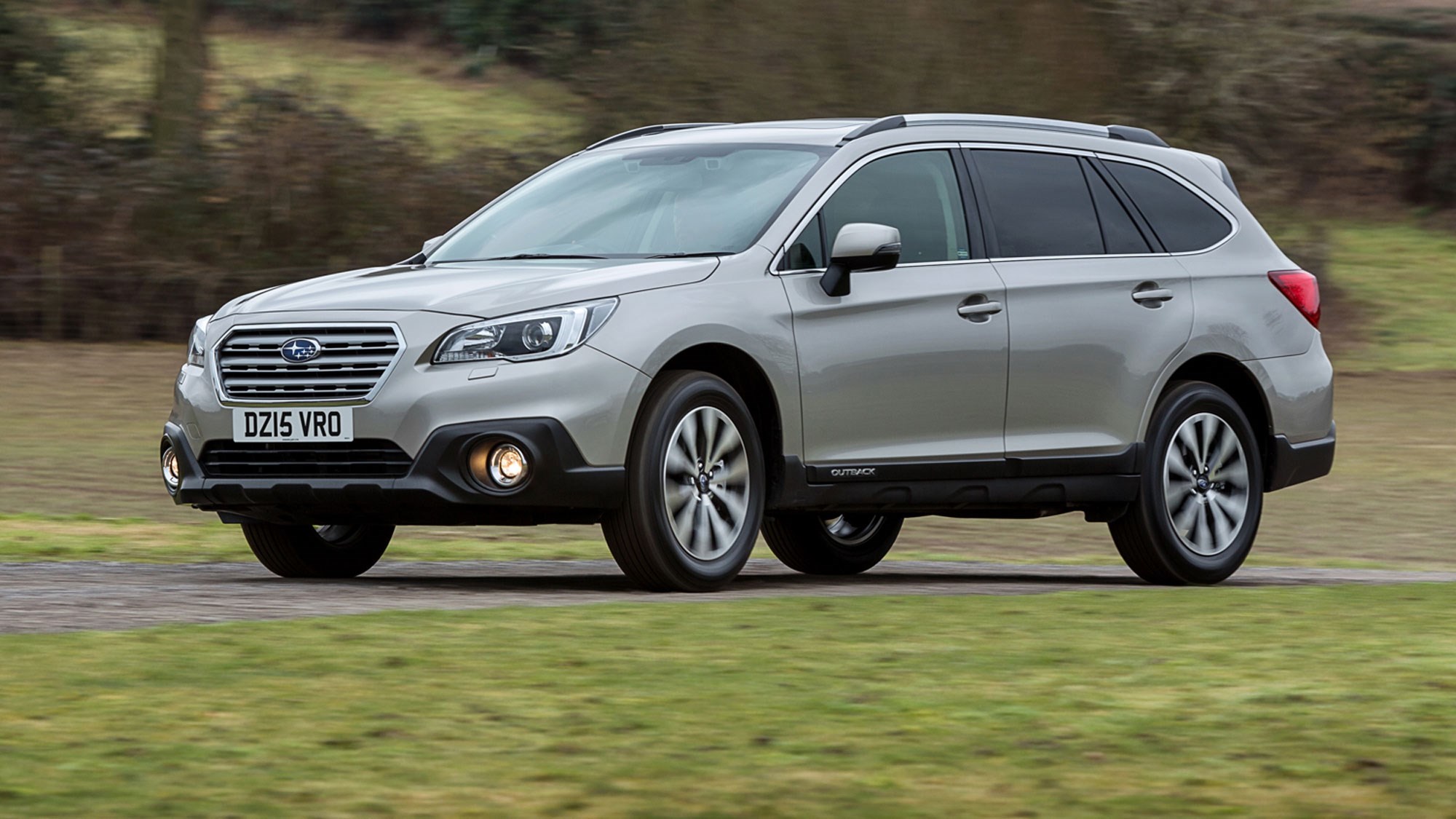
Subaru’s electrical system architecture accommodates various bulb technologies effectively, with the alternator and wiring harness designed to handle LED conversion systems that draw different current profiles than original halogen bulbs.
The headlight housing provides adequate ventilation to prevent heat buildup that could damage sensitive electronic components or degrade plastic housing materials.
Many Outback owners upgrade to LED bulbs for improved visibility during outdoor recreation activities, with the enhanced light output proving beneficial for camping, hiking, and winter sports applications.
The Outback’s position in the outdoor recreation market ensures strong aftermarket support for lighting upgrades and replacement parts. Subaru’s dealer network maintains competitive parts pricing, while numerous specialty retailers offer performance-oriented bulb options specifically tested for Subaru applications.
The vehicle’s reputation for longevity means owners often maintain their Outbacks for extended periods, making easy bulb replacement a significant factor in long-term ownership satisfaction.
Subaru’s engineering philosophy emphasizes practical functionality over complexity, reflected in maintenance procedures that prioritize owner accessibility and cost-effectiveness throughout the vehicle’s service life.
Also Read: 5 Vehicles With Simple Hitch Setup vs 5 With Complicated Tow Prep
5. Mazda CX-5 (2017-2022)
The Mazda CX-5 represents Mazda’s KODO design philosophy while maintaining practical serviceability through accessible headlight bulb replacement procedures.
The second-generation CX-5 employs H11 low beam and H9 high beam bulbs, both positioned for straightforward access through the engine compartment without requiring tool usage for basic replacement procedures.
Mazda’s engineering team balanced aesthetic considerations with functional requirements, creating headlight assemblies that support the vehicle’s distinctive styling while preserving maintenance accessibility.
The replacement process involves removing twist-off access covers located directly behind each headlight assembly, providing generous openings that accommodate comfortable hand positioning during bulb installation.
The bulb retention system incorporates a spring-wire mechanism that secures bulbs reliably while allowing easy release through simple finger pressure.
Mazda’s electrical connectors feature ergonomic designs with textured gripping surfaces that facilitate secure connections even when wearing work gloves or operating in adverse weather conditions.
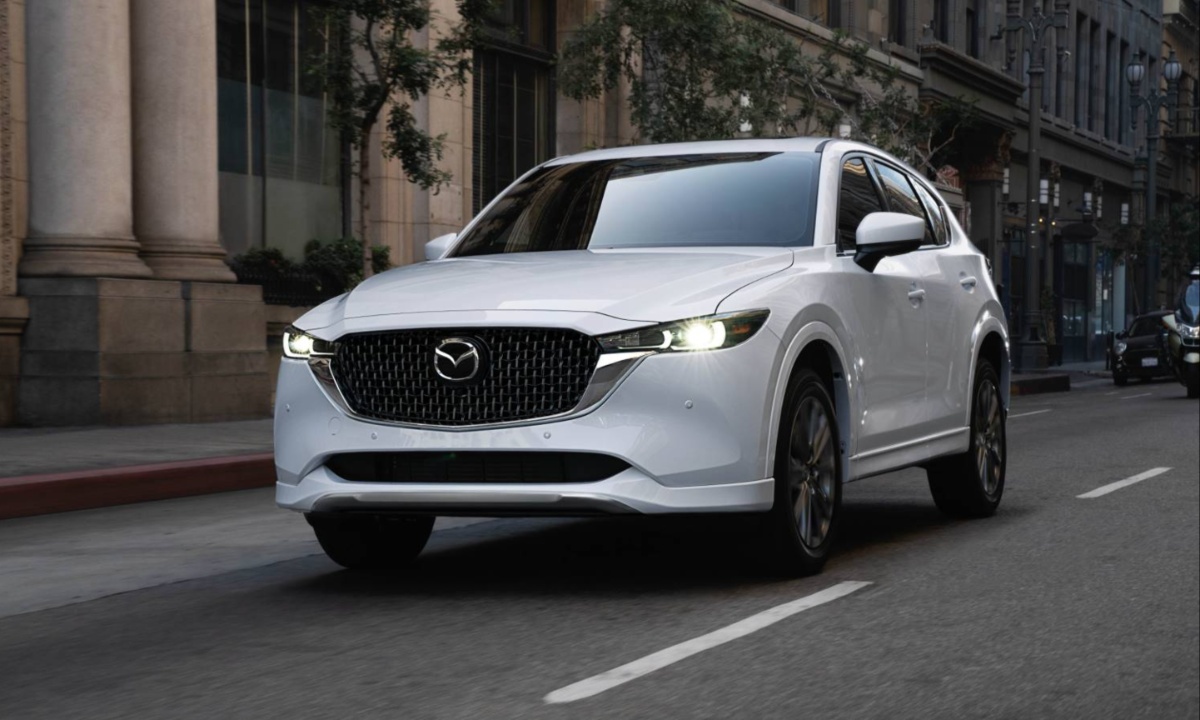
The CX-5’s electrical system readily supports various bulb technologies, from standard halogen options to advanced LED conversion systems that provide enhanced visibility and reduced power consumption.
Mazda engineers designed the headlight housing with adequate thermal management characteristics that prevent heat-related damage to surrounding components or premature bulb failure.
The compact SUV market’s emphasis on fuel efficiency makes LED upgrades particularly attractive to CX-5 owners seeking to reduce electrical system load while improving illumination performance.
Mazda’s global presence ensures reliable parts availability through authorized dealers and aftermarket suppliers, with H11 and H9 bulbs remaining commonly stocked items at most automotive retailers.
The CX-5’s position in the competitive compact SUV segment drives aftermarket innovation, resulting in numerous high-quality bulb options at various price points. Mazda’s reputation for build quality and reliability extends to the headlight system, with many owners reporting extended bulb life compared to other manufacturers.
This combination of easy replacement procedures, reliable performance, and widespread parts availability makes the CX-5 an excellent choice for owners prioritizing practical maintenance requirements alongside modern styling and features.
5 Vehicles With Sealed Unit Headlights
These costly-to-maintain vehicles require complete headlight assembly replacement when individual LED elements or integrated components fail, transforming simple bulb changes into expensive repair procedures requiring professional installation and premium parts.
Their sealed construction eliminates serviceable components, meaning entire assemblies must be purchased and installed even when only single elements malfunction within complex multi-LED arrays or adaptive lighting systems.
The combination of proprietary components, computer calibration requirements, and precision alignment procedures often result in repair bills exceeding several hundred dollars for basic illumination failures.
From luxury sedans with adaptive LED matrices to modern crossovers with integrated daytime running lights, these vehicles burden owners with expensive maintenance cycles that turn routine bulb replacement into major repair events requiring dealer expertise.
1. BMW 3 Series (2019-2024)
The BMW 3 Series exemplifies the luxury automotive approach to headlight technology through sophisticated sealed-unit systems that integrate advanced lighting capabilities with premium aesthetic design.
The seventh-generation 3 Series features adaptive LED headlight assemblies that incorporate multiple lighting elements, sensors, and control modules within sealed housings that cannot be serviced at the component level.
BMW’s engineering philosophy prioritizes optical performance and technological integration over traditional serviceability, reflecting the brand’s positioning in the premium market segment.
The headlight assemblies incorporate BMW’s Adaptive LED technology, which automatically adjusts light distribution based on vehicle speed, steering angle, and oncoming traffic detection.
This system requires precise calibration and integration with the vehicle’s electronic systems, making component-level replacement impractical for maintaining proper functionality.
The sealed units protect sensitive LED arrays, electronic control modules, and optical elements from environmental contamination that could degrade performance or cause premature failure in serviceable systems.
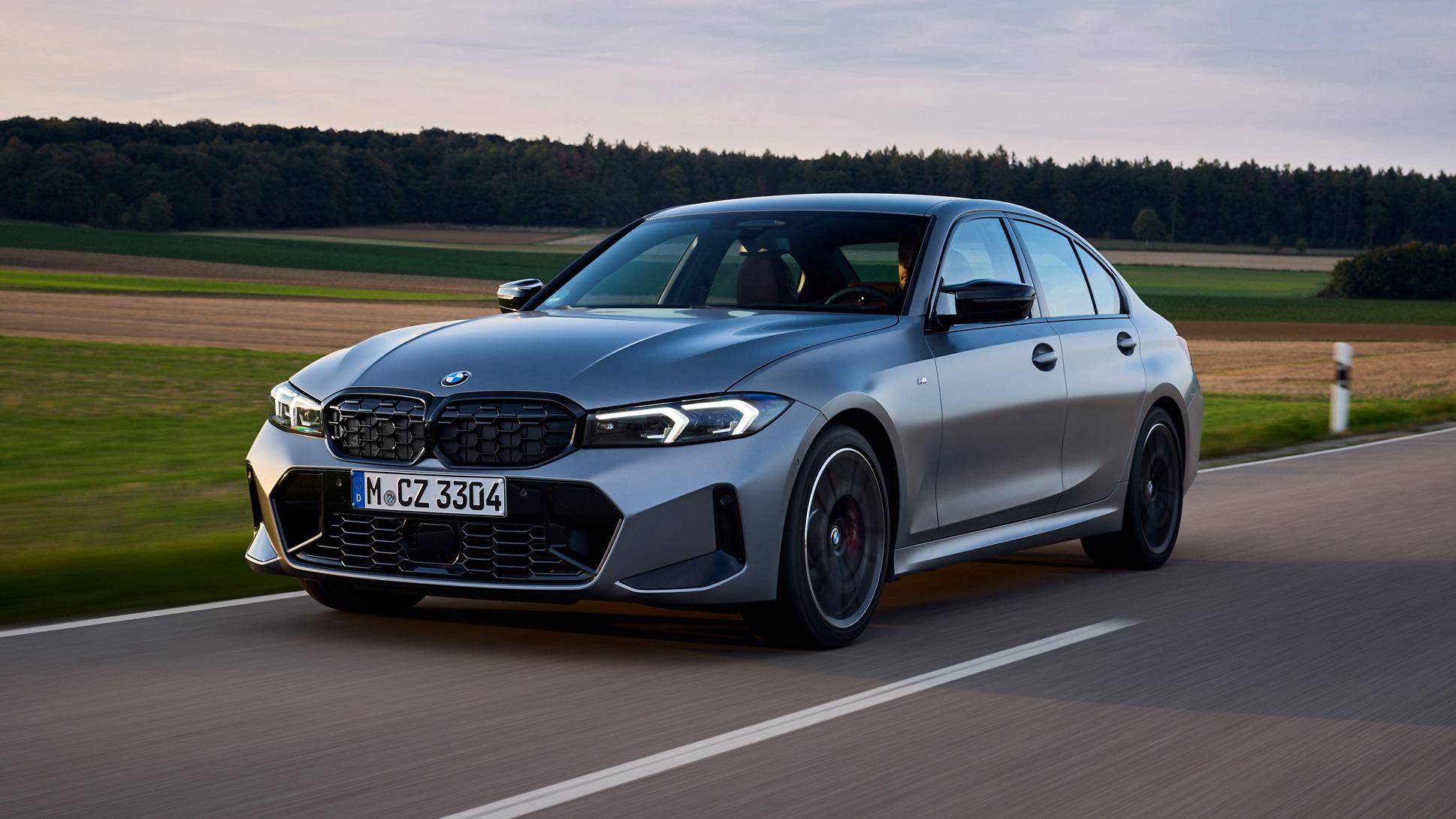
When headlight failure occurs, BMW requires complete assembly replacement through authorized service centers equipped with specialized diagnostic equipment and calibration tools.
Replacement costs typically range from $1,500 to $3,000 per headlight assembly, reflecting the sophisticated technology and precision manufacturing involved.
However, BMW engineers design these systems for extended service life, with LED elements rated for 50,000+ hours of operation and robust electronic components that resist environmental degradation throughout the vehicle’s intended service life.
BMW’s sealed-unit approach enables advanced features like cornering lights, adaptive high beams, and integrated daytime running lights that would be difficult to implement in traditional replaceable bulb systems.
The optical precision achieved through factory-sealed assemblies provides superior light distribution and intensity compared to aftermarket bulb replacements in conventional housings.
BMW owners benefit from consistent illumination performance and integrated styling that maintains the vehicle’s premium appearance throughout its service life.
While replacement costs exceed traditional bulb systems significantly, the enhanced functionality, longevity, and performance characteristics justify the premium approach for buyers prioritizing advanced technology and luxury features.
2. Audi A4 (2017-2024)
The Audi A4 demonstrates Volkswagen Group’s commitment to advanced lighting technology through sophisticated sealed headlight assemblies that integrate multiple illumination functions within precision-engineered housings.
The ninth-generation A4 features Matrix LED headlight systems that incorporate dozens of individually controllable LED elements, enabling dynamic light distribution that adapts continuously to driving conditions.
Audi’s engineering approach prioritizes optical precision and technological advancement over traditional serviceability, creating systems that require specialized equipment and expertise for proper maintenance.
The headlight assemblies incorporate Audi’s signature LED daytime running lights, adaptive high beam functionality, and cornering illumination systems that work in conjunction with the vehicle’s navigation and camera systems.
This integration requires precise calibration and programming that extends beyond simple bulb replacement procedures, necessitating specialized diagnostic equipment available only at authorized service centers.
The sealed construction protects sophisticated electronic control modules, optical elements, and LED arrays from moisture, dust, and thermal cycling that could compromise performance in serviceable systems.

Replacement procedures require complete headlight assembly replacement when failure occurs, with costs typically ranging from $2,000 to $4,000 per unit, depending on specific equipment levels and regional pricing variations.
However, Audi engineers design these systems for extended operational life, with LED components rated for the vehicle’s intended service life and robust electronic systems that resist degradation from environmental exposure.
The sealed construction ensures consistent optical performance throughout the ownership period without the gradual degradation common in systems with replaceable components.
Audi’s sealed-unit philosophy enables advanced functionality like predictive curve lighting, automatic high beam control, and integration with the vehicle’s driver assistance systems.
The optical precision achieved through factory-calibrated assemblies provides superior illumination quality and consistency compared to aftermarket solutions.
A4 owners benefit from cutting-edge lighting technology that enhances safety and visibility while maintaining the distinctive Audi design language.
The premium replacement costs reflect the sophisticated engineering and advanced functionality that distinguish luxury vehicles from mainstream alternatives, appealing to buyers who prioritize technological innovation and performance over traditional cost considerations.
3. Tesla Model 3 (2017-2024)
The Tesla Model 3 represents the electric vehicle manufacturer’s approach to automotive lighting through sealed LED headlight assemblies that integrate seamlessly with the vehicle’s minimalist design philosophy and electronic architecture.
Tesla engineers developed custom headlight systems that incorporate advanced LED technology, automatic control systems, and integration with the vehicle’s central computing platform. The sealed-unit design reflects Tesla’s emphasis on reducing maintenance complexity while maximizing technological integration and energy efficiency.
The headlight assemblies feature full LED illumination with automatic high beam control, adaptive brightness adjustment, and integration with Tesla’s Autopilot camera systems.
This technological integration requires precise calibration and programming that extends beyond traditional bulb replacement procedures, necessitating Tesla’s proprietary diagnostic equipment and software tools.
The sealed construction protects sensitive electronic components from environmental exposure while ensuring consistent optical performance throughout the vehicle’s operational life.
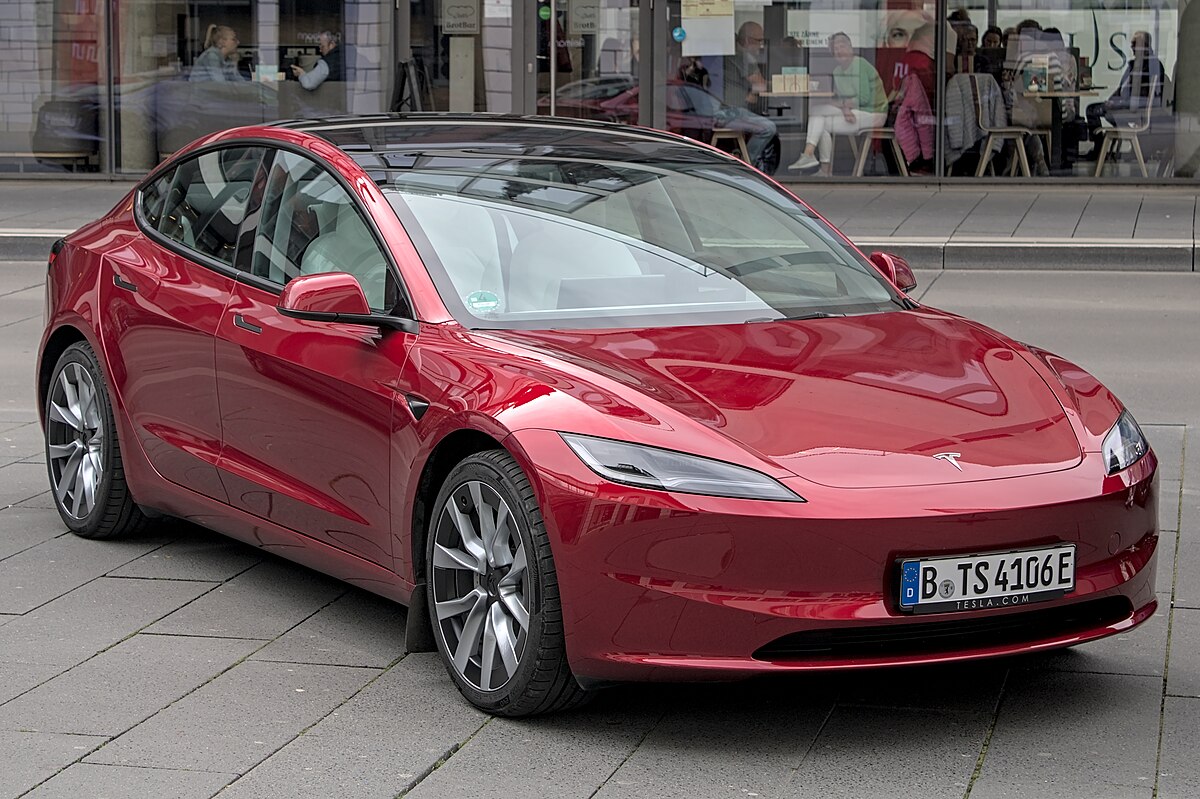
Tesla’s service approach requires complete headlight assembly replacement when failure occurs, with replacement costs typically ranging from $1,300 to $2,500 per unit, depending on hardware revision and regional service pricing.
However, Tesla designs these systems for extended service life, with LED components rated for 25+ years of typical operation and robust electronic systems that integrate with the vehicle’s over-the-air software update capability.
The sealed design eliminates gradual performance degradation associated with moisture infiltration or component contamination in serviceable systems. The Model 3’s headlight system exemplifies Tesla’s philosophy of integrating hardware and software for enhanced functionality and efficiency.
The LED technology provides superior energy efficiency compared to traditional halogen or HID systems, supporting the vehicle’s electric powertrain efficiency goals.
Tesla owners benefit from automatic lighting control, consistent illumination performance, and integration with the vehicle’s advanced driver assistance features.
While replacement costs exceed traditional systems, Tesla’s approach prioritizes technological advancement and integration over conventional serviceability, appealing to buyers who value innovation and advanced functionality in their vehicle systems.
4. Mercedes-Benz C-Class (2022-2024)
The Mercedes-Benz C-Class showcases the German manufacturer’s expertise in automotive lighting technology through sophisticated sealed headlight assemblies that incorporate DIGITAL LIGHT technology and advanced LED systems.
The fifth-generation C-Class features headlight units with over 1.3 million micro-mirrors per headlight that can project precise light patterns and even display symbols or warnings on the road surface.
Mercedes engineers prioritize optical precision and technological innovation, creating systems that require factory-level calibration and specialized service procedures.
The headlight assemblies integrate multiple advanced technologies, including adaptive high beam assist, cornering light function, and highway light assist that automatically adjusts light distribution based on traffic conditions and vehicle speed.
These systems require integration with Mercedes’ MBUX infotainment system, camera arrays, and vehicle sensor networks, making component-level service impractical while maintaining proper functionality.
The sealed construction protects sophisticated optical systems, electronic control modules, and precision mirrors from environmental contamination that could compromise the advanced projection capabilities.

Mercedes requires complete assembly replacement when headlight failure occurs, with replacement costs ranging from $3,000 to $6,000 per headlight, depending on specific equipment levels and DIGITAL LIGHT functionality.
The premium pricing reflects the cutting-edge technology and precision manufacturing required for these advanced systems. However, Mercedes engineers design these assemblies for extended service life, with robust electronic components and optical elements that maintain performance throughout the vehicle’s intended ownership period.
The C-Class headlight system represents Mercedes’ commitment to safety and technological leadership through innovative illumination technology.
The DIGITAL LIGHT capability enables features like navigation arrow projection, pedestrian highlighting, and construction zone marking that enhance driver awareness and safety.
Mercedes owners benefit from industry-leading lighting technology that provides superior visibility while integrating seamlessly with the vehicle’s luxury design language.
The sealed-unit approach ensures consistent performance and enables advanced functionality that would be impossible to achieve with traditional replaceable bulb systems, justifying the premium replacement costs for buyers prioritizing cutting-edge automotive technology.
5. Lexus RX (2020-2024)
The Lexus RX demonstrates Toyota’s luxury division’s approach to automotive lighting through sophisticated sealed LED headlight assemblies that combine advanced technology with the brand’s reputation for reliability and refinement.
The fourth-generation RX features adaptive LED headlight systems with triple-beam LED arrays that provide precise light distribution and automatic adjustment capabilities.
Lexus engineers balance technological advancement with long-term reliability, creating sealed systems that protect sophisticated components while delivering consistent performance throughout extended ownership periods.
The headlight assemblies incorporate Lexus’ Adaptive High-beam System, which automatically switches between high and low beams based on oncoming traffic detection, and LED cornering lamps that illuminate the direction of travel during turning maneuvers.
These systems integrate with the vehicle’s Pre-Collision System and Lane Departure Alert functions, requiring precise calibration and programming that extends beyond traditional bulb replacement procedures.
The sealed construction ensures protection for sensitive electronic components and optical elements from environmental exposure that could degrade performance in serviceable systems.
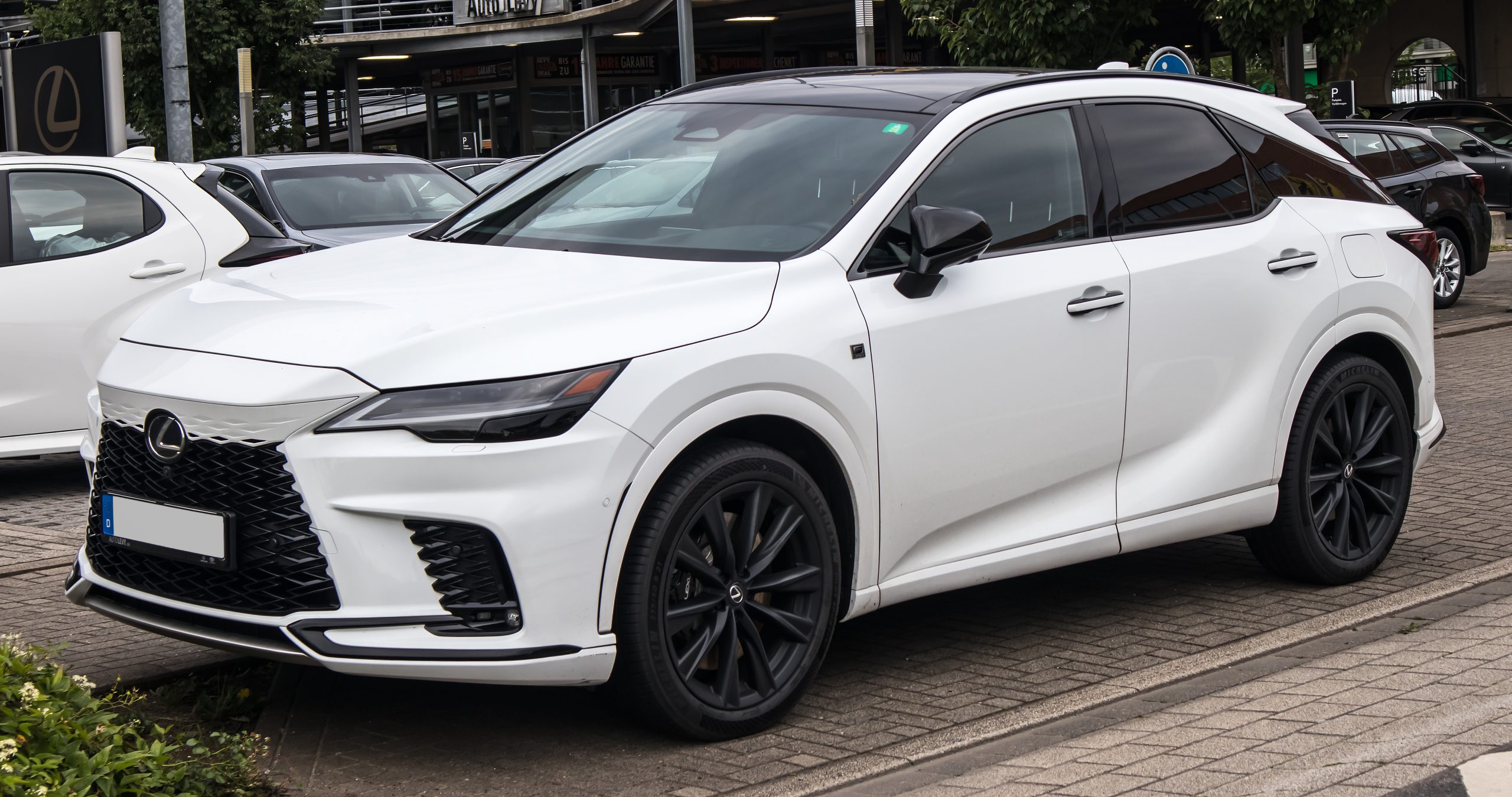
Lexus service procedures require complete headlight assembly replacement when failure occurs, with replacement costs typically ranging from $1,800 to $3,500 per unit, depending on specific trim levels and technology packages.
However, Lexus engineers design these systems with the brand’s reliability standards, incorporating robust LED components rated for extended operational life and electronic systems that resist degradation throughout the vehicle’s service period. The sealed design eliminates performance variability associated with component aging or contamination in traditional systems.
The RX headlight system reflects Lexus’ philosophy of combining advanced technology with proven reliability and refined operation. The LED technology provides superior illumination quality while supporting the vehicle’s luxury positioning through distinctive lighting signatures and premium appearance.
Lexus owners benefit from sophisticated automatic lighting control, consistent performance, and integration with advanced safety systems that enhance driving confidence and visibility.
While replacement costs exceed conventional systems, Lexus’s approach prioritizes long-term reliability and advanced functionality over traditional serviceability, appealing to luxury buyers who value technological sophistication and dependable performance throughout extended ownership periods.
Also Read: 5 Cars With Night-Vision Features vs 5 With Poor Low-Light Performance

